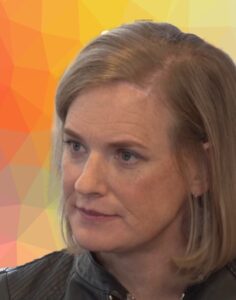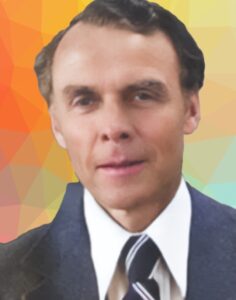Occupation
Taiwanese American Inventor and Material Scientist best known for inventing and patenting improved filtration techniques used in respirators like N95 masks.
Birth/Death Dates
February 6, 1952-
Summary
Peter Tsai, an expert in nonwoven fabric, invented the essential technology in N95 mask filters. The technique, which earned him a US patent in 1995, uses an electric field to ionize the neutral air to generate ions and electrons, which then charge the nonwoven fibers through field and induction. With this innovative approach, the charged nonwoven fabric can filter particles in the air ten times more efficiently than uncharged fabrics without adversely increasing air resistance. The technique was initially designed to block the dangerous microparticles from dust and gas encountered by construction workers but proved indispensable during the COVID-19 pandemic.
Educational Background
- Studied chemical fiber engineering at the Provincial Taipei Institute of Technology (now known as the National Taipei University of Technology)
- Ph.D. in materials science, Kansas State University
Struggles this Innovator Overcame
Tsai grew up on a family farm in Taichung and had to help earn an income as a child. He later studied chemical fiber engineering at the Provincial Taipei Institute of Technology (now Taipei Tech) to learn a marketable skill.
Problems this Innovator Solved
Working in construction, mining, and automotive maintenance can cause occupational health and safety hazards due to high exposure to nanoparticles in construction materials, which increases the risk of chronic obstructive pulmonary disease or black lung disease.
Before the development of the N95 respirator, masks couldn’t adequately address this issue. The N95 respirator proved ten times more efficient than other masks, with a filtering capacity of 95 percent.
How this inventor changed the world (or at least their corner of it)
Tsai invented the N95 respirator in the 1990s, initially intending it for industrial use. He patented the creation in 1995. A year later, the Centers for Disease Control and Prevention (CDC) discovered that the N95 respirator could also block viruses and bacteria. It proved indispensable during the COVID-19 pandemic when N95 masks were in high demand for front-line use and helped save lives. In 2020, N95 respirators were in short supply, so Dr. Tsai came out of retirement to study how to sanitize and reuse them.
Lasting changes from this inventor’s work or how they trailblazed
When the first case of COVID-19 was detected in 2019, Tsai’s innovation transitioned from a construction mask to a life-saving technology that protected the health of many. After retiring in 2018, Tsai came out of retirement during the COVID-19 pandemic to work with the UT Research Foundation (UTRF) to establish a method for scaling up production and sterilizing N95 respirators for reuse. In recognition of his efforts, Tsai was chosen for the UTRF’s Innovator Hall of Fame Award in 2019.
https://en.wikipedia.org/wiki/Peter_Tsai
https://tickle.utk.edu/the-man-behind-the-mask






